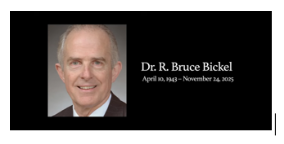The Navy Hymn
- Leigh Gerstenberger

- Apr 21, 2021
- 2 min read

The first time I remember hearing The Navy Hymn I was ten years old and watching the funeral of President John F. Kennedy. That memory came flooding back to me last Saturday while watching the funeral service for Prince Philip, Duke of Edinburgh when a quartet performed the hymn at St. George’s Chapel within the walls of Windsor Castle.
This prompted me to research the history of the hymn which, thanks to the Naval History and Heritage Command I am sharing with you this week.
The song known to United States Navy men and women as the "Navy Hymn," is a musical benediction that long has had a special appeal to seafaring men, particularly in the American Navy and the royal navies of the British Commonwealth and which, in more recent years, has become a part of French naval tradition.
The original words were written as a hymn by a schoolmaster and clergyman of the Church of England, the Reverend William Whiting. Reverend Whiting (1825−1878) resided on the English coast near the sea and had once survived a furious storm in the Mediterranean.
His experiences inspired him to pen the ode, Eternal Father, Strong to Save. In the following year, 1861, the words were adapted to music by another English clergyman, the Reverend John B. Dykes (1823−1876), who had originally written the music as Melita (ancient name for the Mediterranean island of Malta). Reverend Dykes' name may be recognized as that of the composer given credit for the music to many other well-known hymns including: Holy, Holy, Holy; Lead Kindly Light; Jesus, Lover of My Soul; and Nearer My God to Thee.
In the United States, in 1879 the late Rear Admiral Charles Jackson Train, an 1865 graduate of the United States Naval Academy at Annapolis, was a lieutenant commander stationed at the Academy in charge of the Midshipman Choir. In that year, Lieutenant Commander Train inaugurated the present practice of concluding each Sunday's Divine Services at the Academy with the singing of the first verse of this hymn.
The hymn, entitled Eternal Father Strong to Save is found in most Protestant hymnals.
If you are unfamiliar with the hymn, you might enjoy this rendition by the Naval Academy Glee Club performed as tribute to those who lost their lives at Pearl Harbor on December 7, 1941.



Comments